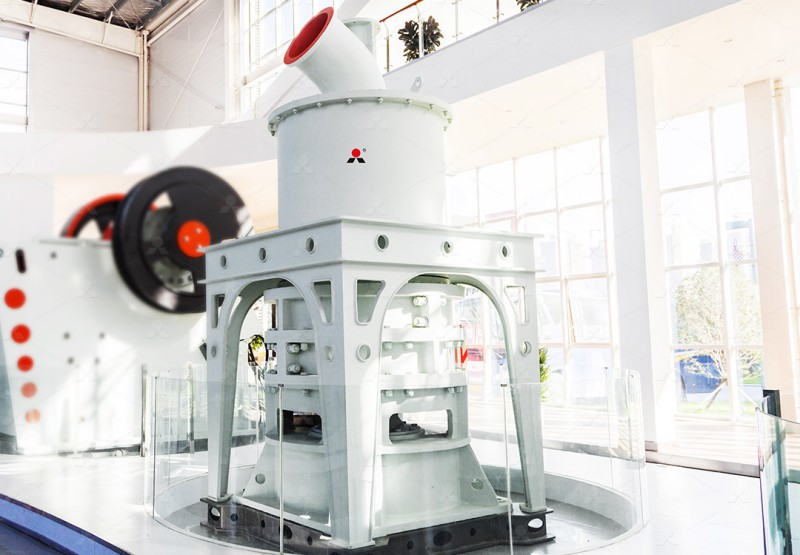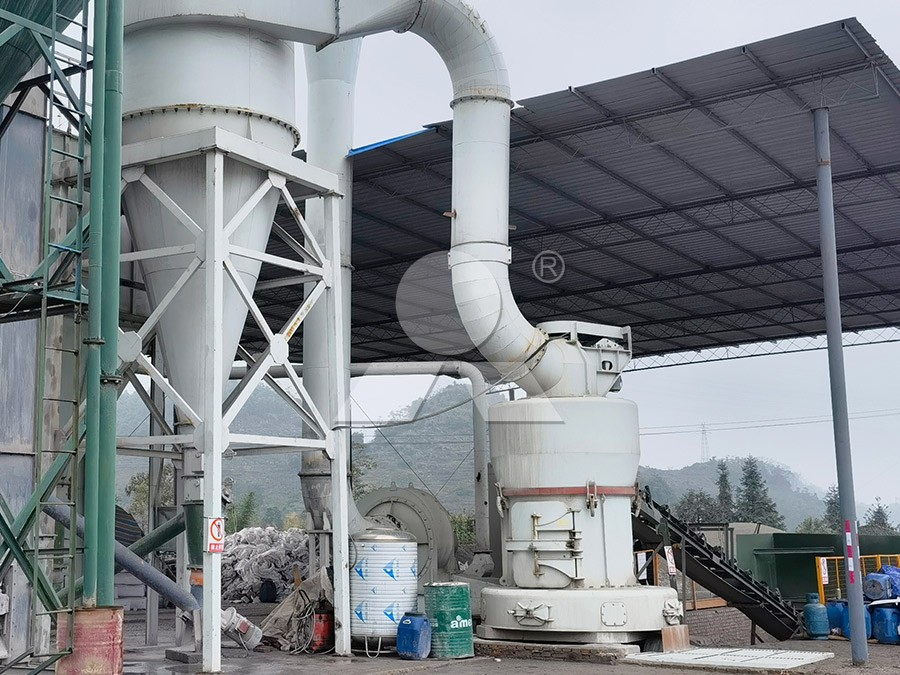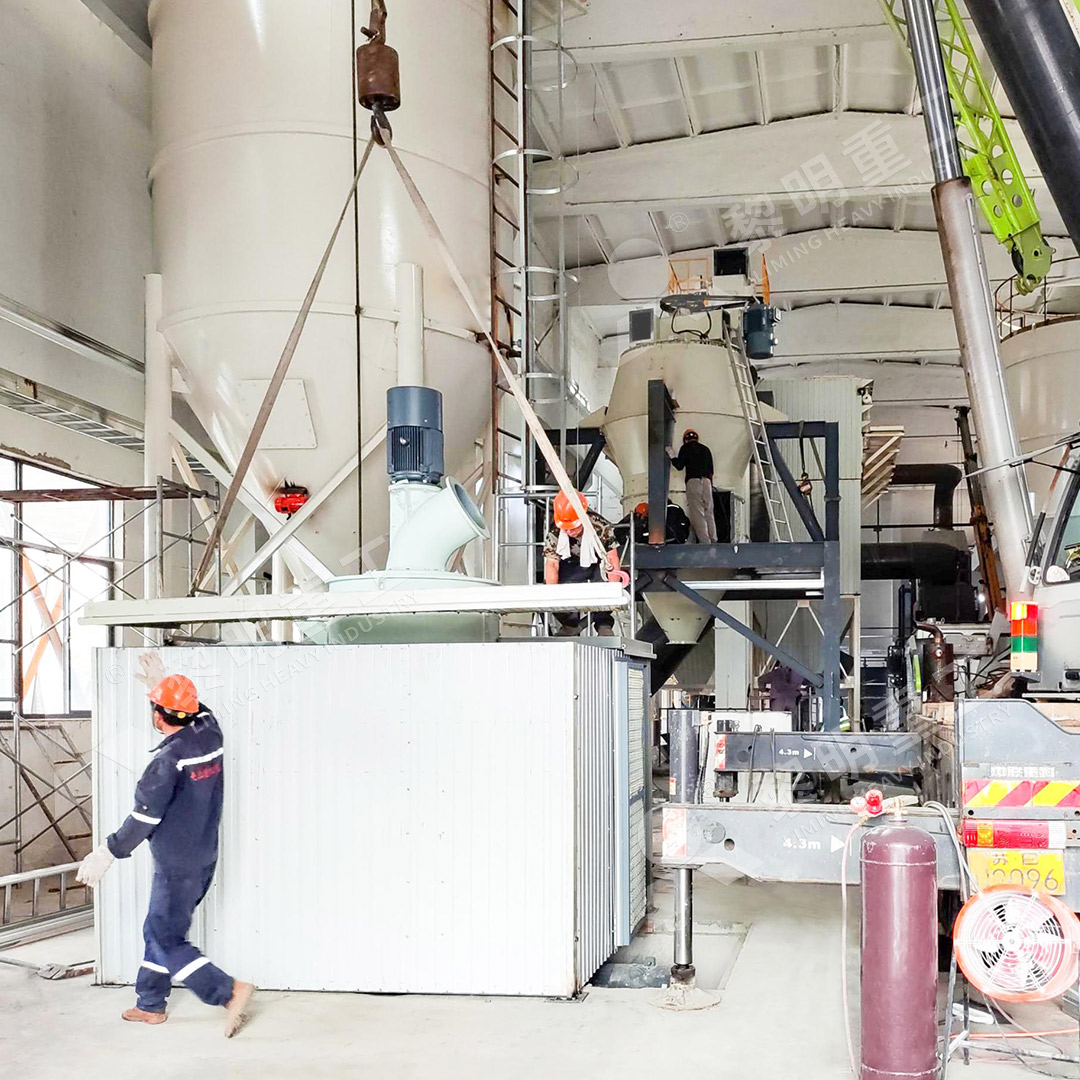High Efficiency Cement Ultrafine Grinding Mill for Enhanced Performance
We provide a wide range of mills — including Raymond mill, trapezoidal mill, vertical mill, ultrafine mill, and ball mill, obtained ISO9001 international quality certification, EU CE certification, and Customs Union CU-TR certification. Suitable for processing minerals such as limestone, phosphate, quicklime, kaolin, talc, barite, bentonite, calcium carbonate, dolomite, coal, gypsum, clay, carbon black, slag, cement raw materials, cement clinker, and more.
The discharge range of these mills can be adjusted to meet specific processing needs, typically from 80-400 mesh, 600-3250 mesh, and can achieve the finest particle size of up to 6000 mesh(D50).
If you are looking for a reliable grinding solution to turn stone or minerals into fine powder, please feel free to contact our online customer service.
Revolutionizing Cement Production Through Advanced Ultrafine Grinding Technology
The cement industry stands at the precipice of a technological revolution, where efficiency and environmental responsibility are no longer competing interests but complementary objectives. As global demand for construction materials continues to rise, manufacturers face increasing pressure to optimize their processes while minimizing environmental impact. The solution lies in advanced ultrafine grinding technology that delivers superior performance across multiple dimensions.

The Evolution of Grinding Efficiency
Traditional grinding methods have long been plagued by inefficiencies that translate directly to operational costs and environmental concerns. Conventional ball mills and early-generation grinding equipment consume excessive energy while producing inconsistent particle size distribution. The industry’s shift toward ultrafine grinding represents a fundamental transformation in how we approach material processing.
Modern ultrafine grinding mills address these challenges through innovative engineering solutions. The MW Ultrafine Grinding Mill exemplifies this progress with its remarkable capability to process materials with input sizes up to 20 mm and achieve production capacities ranging from 0.5 to 25 tons per hour. This flexibility makes it suitable for various operational scales, from specialized applications to high-volume production environments.
Technical Superiority in Design and Operation
The true measure of a grinding mill’s value lies in its technical specifications and real-world performance. Advanced models incorporate proprietary technologies that significantly enhance grinding efficiency while reducing operational complexities. The absence of rolling bearings and screws within the grinding chamber eliminates common failure points that traditionally cause downtime and maintenance headaches.
One of the most significant advancements in modern grinding technology is the precision control over final product fineness. The cage-type powder selector technology, particularly as implemented in the MW Ultrafine Grinding Mill, allows operators to adjust fineness between 325-2500 meshes with exceptional precision. This capability ensures that manufacturers can meet exact customer specifications without compromising production efficiency.

Environmental Stewardship Through Advanced Engineering
Contemporary industrial equipment must balance performance with environmental responsibility. The integration of efficient pulse dust collectors and advanced muffler systems represents a critical step forward in reducing the ecological footprint of cement production. These systems effectively contain particulate matter and minimize noise pollution, ensuring operations comply with increasingly stringent environmental regulations.
The LUM Ultrafine Vertical Grinding Mill further advances this environmental commitment through its unique design that incorporates the latest grinding roller technology and German powder separating technology. With an input size capability of 0-10 mm and capacity ranging from 5-18 tph, this mill represents the pinnacle of efficient vertical grinding technology. Its double position-limiting technology ensures operational stability, while the reversible structure simplifies maintenance procedures, reducing downtime and associated costs.
Operational Excellence and Economic Benefits
The economic argument for upgrading to advanced ultrafine grinding technology extends beyond simple energy savings. Modern mills deliver higher yields with lower energy consumption – some models demonstrate production capacity increases of up to 40% compared to jet grinding mills and double the output of traditional ball grinding mills, while consuming only 30% of the energy of jet grinding systems.
This efficiency translates directly to improved profitability through reduced operational costs and enhanced production capabilities. The external lubrication systems available on advanced models enable continuous 24-hour operation without shutdowns for maintenance, maximizing production uptime and return on investment.

Future-Proofing Your Operations
As the cement industry continues to evolve, selecting equipment that can adapt to changing requirements becomes increasingly important. Advanced ultrafine grinding mills offer the flexibility to process diverse materials including limestone, calcite, dolomite, petroleum coal, gypsum, barite, marble, talc, and various chemical industry materials. This versatility ensures that operations can pivot to meet market demands without significant capital investment in new equipment.
The digital integration in modern grinding mills provides unprecedented control over production parameters. Numerical control systems manage operations from steel plate cutting and bending to planing, milling, and paint spraying, ensuring consistent quality and precision across all components. This digitalization extends to operational controls, allowing precise management of grinding pressure, revolution speed, and other critical parameters.
Frequently Asked Questions
What makes ultrafine grinding mills more efficient than traditional options?
Ultrafine grinding mills incorporate advanced engineering features such as newly designed grinding curves, efficient powder selection systems, and optimized airflow patterns that collectively enhance grinding efficiency while reducing energy consumption by 30-50% compared to traditional systems.
How does the adjustable fineness feature benefit cement production?
The ability to adjust fineness between 325-2500 meshes allows producers to create specialized products for different applications, optimize reaction rates in subsequent processes, and meet precise customer specifications without requiring multiple grinding systems.
What maintenance advantages do modern grinding mills offer?
Contemporary designs eliminate common failure points through features like the absence of rolling bearings in grinding chambers, external lubrication systems that enable maintenance without shutdowns, and reversible structures that facilitate easy access to grinding components.
How do these systems address environmental concerns?
Advanced dust collection systems, noise reduction technologies, and efficient energy usage patterns ensure modern grinding mills operate well within environmental regulations while minimizing their ecological footprint through reduced emissions and resource consumption.
What applications beyond cement production are suitable for these mills?
These versatile systems process various materials including limestone, calcite, dolomite, petroleum coal, gypsum, barite, marble, talc, coal powder, and materials for chemical industries, paints, cosmetics, medicine, and food additives.
